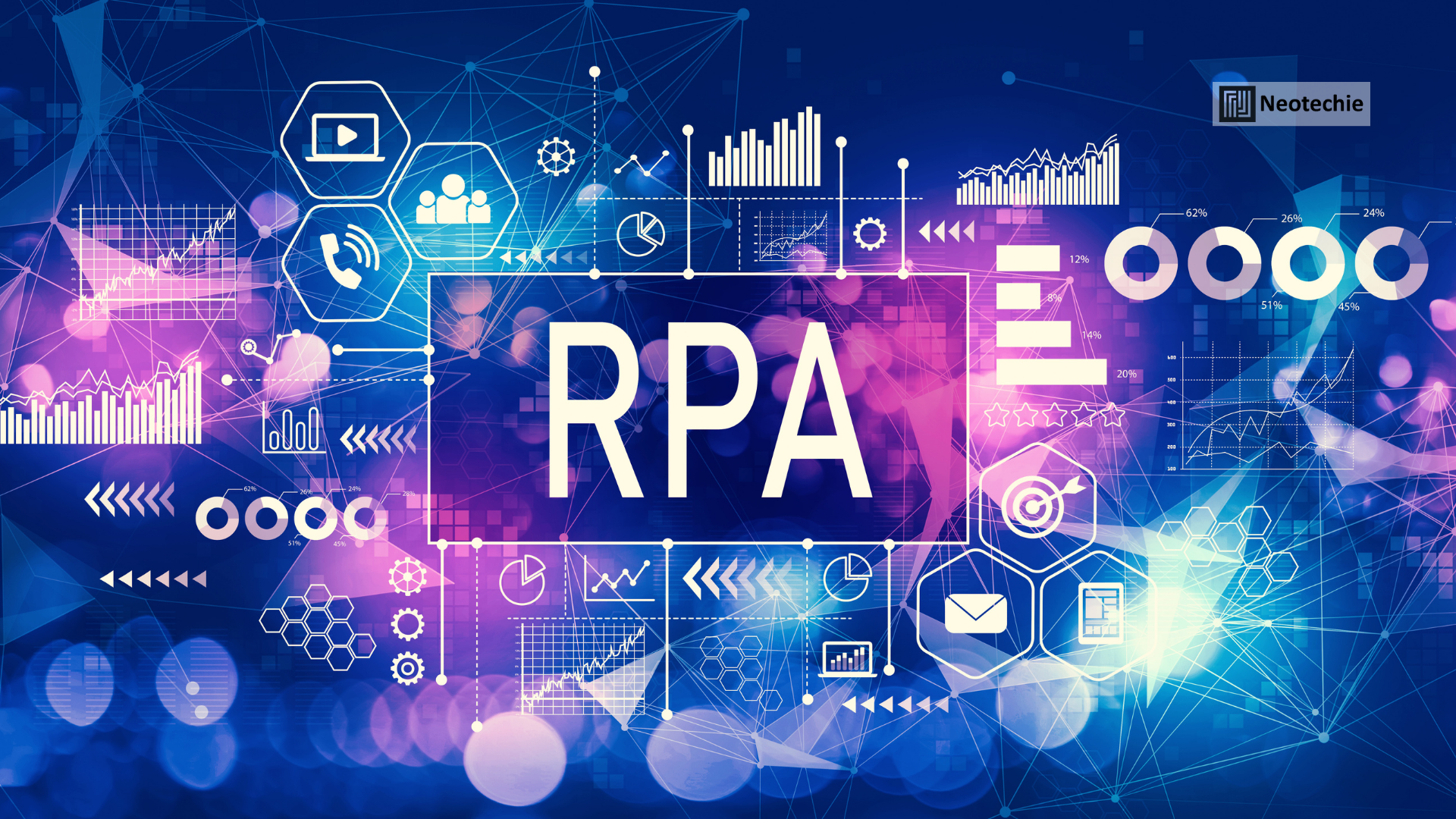Introduction to Robotic Process Automation (RPA)
The Changing Business Landscape
In today’s rapidly evolving business environment, organizations face growing pressure to enhance efficiency, increase accuracy, and scale operations—all while controlling costs. The demand for faster turnaround times, flawless compliance, and exceptional customer experiences means companies must rethink how work gets done.
Traditional manual processes, especially those involving repetitive digital tasks, struggle to keep up with these demands. Employees often spend valuable hours on mundane activities such as copying data between systems, validating entries, or reconciling information, leaving little time for strategic or creative work.
What is Robotic Process Automation?
Robotic Process Automation, commonly known as RPA, is a breakthrough technology designed to automate these repetitive, rules-based tasks by deploying software bots that mimic human actions on a computer.
These bots interact with digital systems in the same way a person would—logging into applications, entering data, copying information, running reports, and even making simple decisions based on predefined rules. Because of this, RPA can work across multiple applications without requiring deep integration or expensive system overhauls.
Key Features of RPA
- Software Bots: RPA uses intelligent software robots that follow scripted instructions to execute tasks with speed and precision.
- Rule-Based Automation: Tasks automated by RPA are governed by clear, consistent rules, making them ideal for processes that require repeatability and minimal variation.
- Cross-Application Interaction: Bots can seamlessly work across different software platforms, such as ERP, CRM, email systems, and web portals, just like a human user.
- Non-Invasive Implementation: RPA can be deployed on existing IT infrastructure without major changes, ensuring minimal disruption during adoption.
- Scalability: Organizations can easily scale bot deployment up or down depending on demand without adding proportional human resources.
Why RPA Matters
Robotic Process Automation serves as a vital enabler of digital transformation, allowing companies to bridge the gap between legacy systems and modern operational expectations.
Instead of expensive, time-consuming IT projects aimed at replacing or integrating old software, RPA acts as a lightweight layer of automation that enhances current workflows immediately.
By offloading routine and repetitive tasks to bots, employees are freed up to focus on high-value activities—problem-solving, innovation, customer engagement, and strategic planning—that drive growth and competitive advantage.
Benefits of RPA for Organizations
- Improved Efficiency: Bots can perform repetitive tasks much faster than humans and can operate continuously without breaks, significantly accelerating process throughput.
- Enhanced Accuracy: Automation eliminates human errors caused by fatigue, oversight, or data entry mistakes, ensuring higher data quality and compliance.
- Cost Savings: By automating labor-intensive processes, companies reduce operational costs, avoid overtime expenses, and optimize workforce allocation.
- Better Compliance: Automated processes produce consistent, auditable records that help organizations meet regulatory requirements with ease.
- Employee Satisfaction: RPA relieves employees from mundane work, boosting morale and engagement by allowing them to contribute more meaningfully.
- Business Agility: Rapid deployment and scalability of bots enable businesses to respond quickly to market changes and operational demands.
Typical Use Cases for RPA
RPA finds applications across various industries and business functions, including:
- Finance and Accounting: Automating invoice processing, reconciliations, expense management, and report generation.
- Customer Service: Streamlining order processing, complaint handling, and data updates.
- Human Resources: Automating onboarding, payroll processing, and compliance tracking.
- Healthcare: Managing patient records, claims processing, and appointment scheduling.
- Supply Chain: Tracking shipments, managing inventory, and automating procurement workflows.
How RPA Works in Practice
RPA operates by mimicking human interactions with software applications. Bots are programmed to perform specific actions, such as:
- Logging into systems.
- Extracting, copying, and pasting data between platforms.
- Filling out forms.
- Generating reports.
- Conducting system validations.
The beauty of RPA lies in its simplicity and adaptability. These bots do not alter the systems they interact with but instead operate on the front end, much like a human user. This design eliminates the need for complex integrations or system overhauls, making RPA highly compatible with existing IT environments.
RPA and the Future of Work
As organizations continue embracing automation, RPA is evolving to incorporate Artificial Intelligence (AI) and Machine Learning (ML), enabling bots to handle increasingly complex tasks, interpret unstructured data, and make intelligent decisions.
This evolution positions RPA not just as a tool for efficiency, but as a strategic enabler for innovation and transformation.
Conclusion
Robotic Process Automation is reshaping the modern workplace by automating repetitive digital tasks with speed, accuracy, and scalability. It empowers organizations to optimize their operations, reduce costs, and enhance employee productivity—making it a cornerstone of successful digital transformation strategies.
Embracing RPA means investing in a smarter way of working, where human creativity and robotic precision work hand-in-hand to drive business success.

